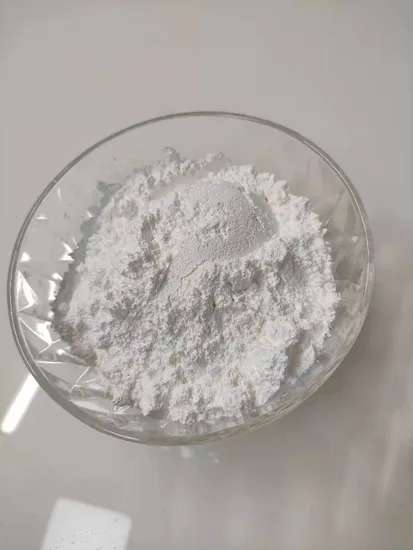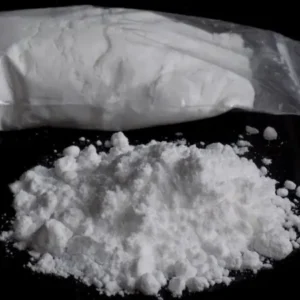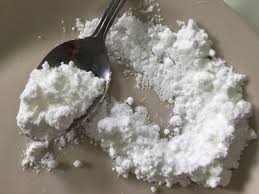Your cart is currently empty!
Fentanyl Powder – Standard Grade
Standard-grade fentanyl powder, suitable for general pharmaceutical applications. Standard Grade Fentanyl In the UK and Europe, fentanyl powder is classified as a controlled substance due to its high potency and potential for misuse. Pharmaceutical-grade fentanyl must meet strict quality standards, such as those outlined by the European Pharmacopoeia (EP) or other regulatory bodies. These standards…
70 in stock
Description
Standard-grade fentanyl powder, suitable for general pharmaceutical applications.
Standard Grade Fentanyl
In the UK and Europe, fentanyl powder is classified as a controlled substance due to its high potency and potential for misuse. Pharmaceutical-grade fentanyl must meet strict quality standards, such as those outlined by the European Pharmacopoeia (EP) or other regulatory bodies. These standards ensure the substance is suitable for medical use and free from harmful impurities.
Fentanyl potency
Fentanyl powder is a synthetic opioid known for its extreme potency, often used in medical settings for managing severe pain. It works by binding to opioid receptors in the brain, altering pain perception, and sometimes inducing euphoria. However, its high potency—50 to 100 times stronger than morphine—makes it a substance with significant risks, including respiratory depression and overdose. Illicitly manufactured fentanyl powder has also contributed to the opioid crisis, as it is often mixed with other drugs, increasing the danger of unintentional overdoses
Chemical Properties
Fentanyl is a synthetic opioid with the molecular formula C22H28N2O and a molecular weight of 336.47 g/mol. It belongs to the class of phenylpiperidines and exhibits high lipid solubility, enabling it to cross the blood-brain barrier rapidly and resulting in its potent and fast-acting effects. Fentanyl works by binding strongly to the μ-opioid receptors in the central nervous system, altering pain perception and producing analgesia.
Its structure comprises:
- A phenyl group.
- A piperidine ring.
- An ethyl group attached to a nitrogen atom.
These structural components contribute to its high potency, estimated to be 50–100 times stronger than morphine. Fentanyl is highly reactive in small doses, which underlines the critical importance of precise medical formulations.
Medical Uses
Fentanyl is an essential drug in modern medicine, particularly for managing acute and chronic pain when other painkillers are insufficient. Common applications include:
- Anesthesia: Fentanyl is used alongside other drugs during surgical procedures to provide pain relief and sedative effects. It ensures the patient remains comfortable during and after surgery.
- Cancer Pain Relief: In cancer patients experiencing breakthrough pain, fentanyl is prescribed as a rapid-acting solution, especially in forms such as lozenges or nasal sprays.
- Chronic Pain Management: Fentanyl patches are used for sustained-release pain relief in patients with severe, long-term pain conditions. These transdermal systems deliver medication continuously over several days.
- Emergency Medicine: In cases of severe trauma or acute pain, fentanyl injections provide immediate relief.
Fentanyl’s versatility comes from its range of formulations, including:
- Intravenous injections (for rapid onset in emergency settings).
- Transdermal patches (for long-term pain relief).
- Lozenges, nasal sprays, and tablets (for breakthrough pain management).
Regulatory Framework
Fentanyl is heavily regulated worldwide due to its high potential for abuse and overdose. In the United Kingdom and Europe, it is classified as a controlled substance under the Misuse of Drugs Act and the EU’s regulations on narcotics. Key elements of its regulatory framework include:
- Prescription-Only Access: Fentanyl can only be prescribed by qualified healthcare professionals to ensure its use is medically justified.
- Production Standards: Pharmaceutical-grade fentanyl must meet strict quality guidelines outlined by the European Pharmacopoeia (EP) and other regulatory bodies.
- Monitoring and Reporting: Authorities like the MHRA (Medicines and Healthcare products Regulatory Agency) in the UK oversee its distribution, tracking prescriptions to prevent diversion into illegal markets.
- International Control: Fentanyl is listed under the Single Convention on Narcotic Drugs (1961) and the Convention on Psychotropic Substances (1971). These treaties ensure cooperation between countries to combat illicit trafficking.
- Harm Reduction Programs: Governments have implemented programs to distribute naloxone (an opioid antagonist) and educate the public about opioid risks to address the growing crisis associated with fentanyl abuse.






Reviews
There are no reviews yet.